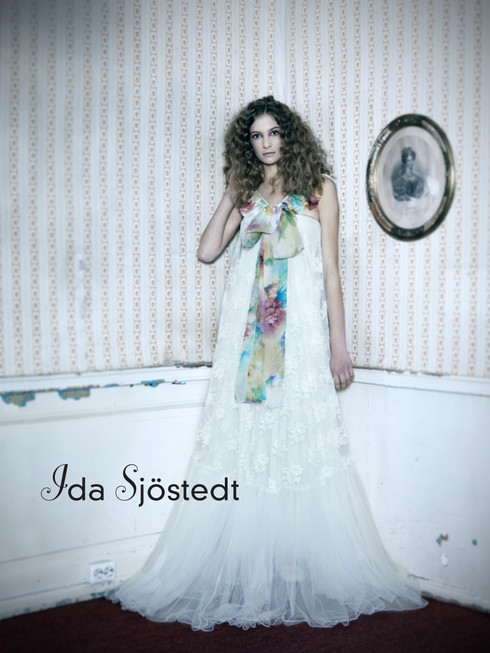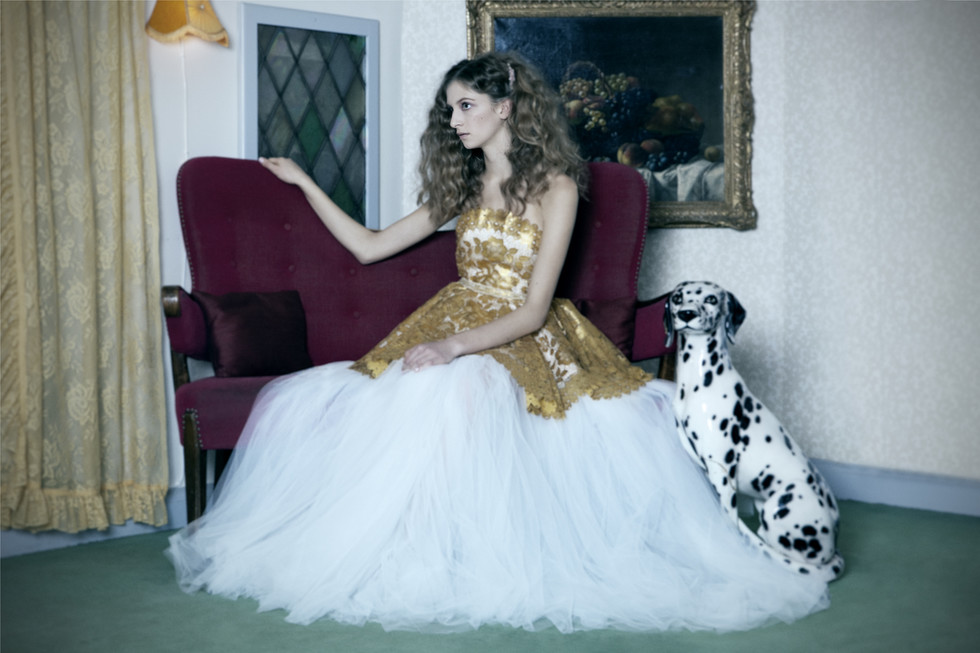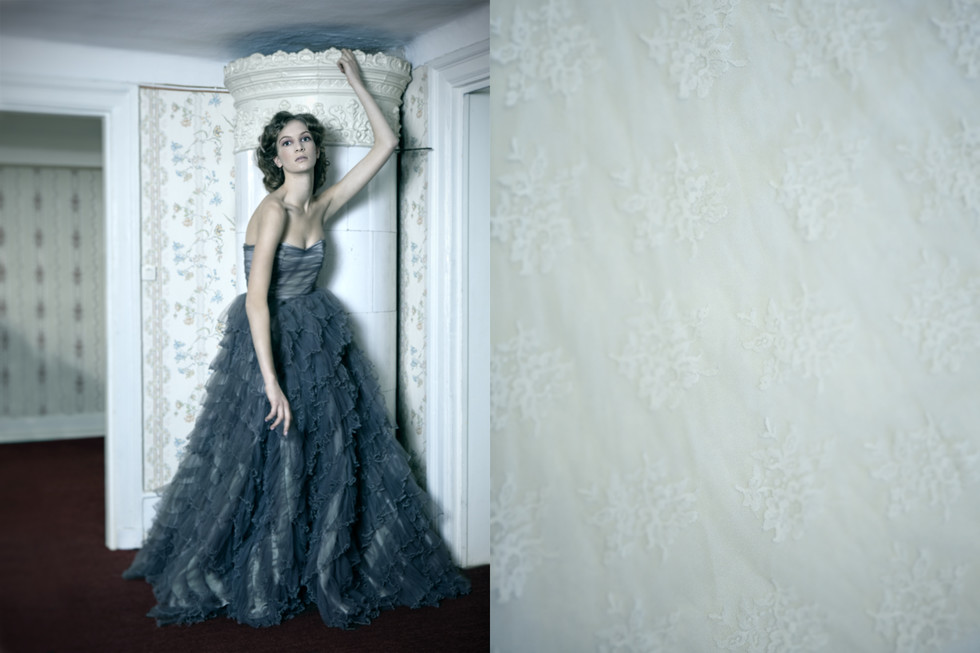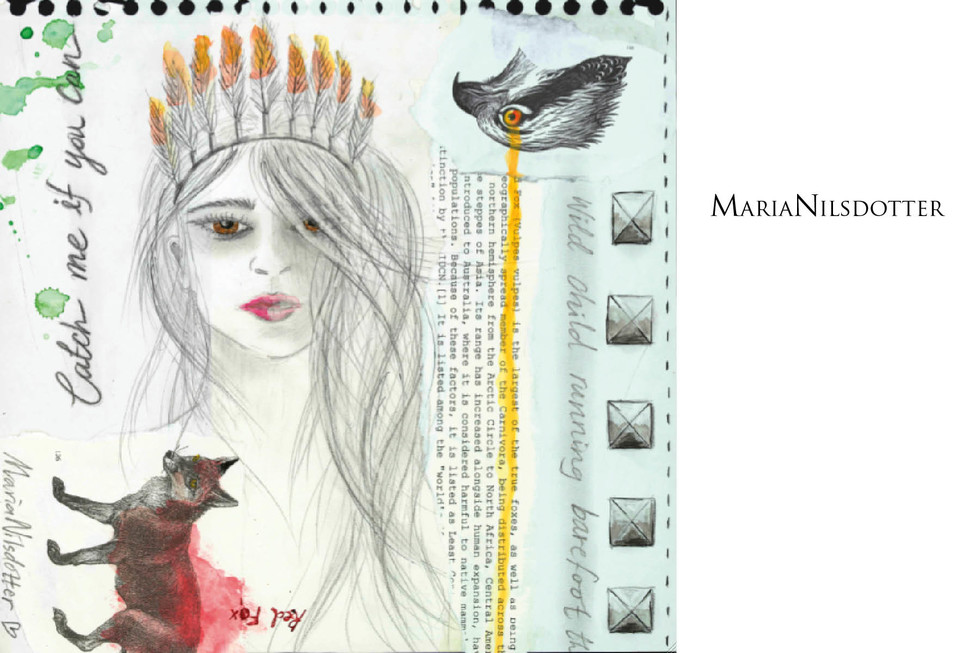Ida Sjöstedt
Written by Michaela WidergrenIt’s not difficult to be drawn to her elegant and innocent designs. All of us who longed to become a princess at a young age are likely to be instantly amazed by her luminary and excessive dresses.
That longing is surely one of the reasons her work appeals to so many women. Her clients consist of a broad spectrum of very different people. She tells me that even though her brand is quite niched, the variation of customers is larger than most seem to think. Older ladies are more into coats and couture, while the younger women seem to head straight for the dreamlike gowns.
Ida loves when an outfit or a piece finds its rightful owner, when someone perfectly completes one of her garments. All of the designs are, of course, a reflection of Ida as a person, but, she tells me her personality will not fit in to one specific collection. And I agree. As people change over time and evolve, so does their way to express themselves. For inspiration, she frequently finds herself turning to fairy tales and legends. This often results in romantic, feminine and eccentric creations. I asked her about menswear, and she told me it’s not for her. She is very clear about this, since she once worked as a tailor of mens’ suits. It’s too detailed and not creative enough.
After our conversation, I felt I’d just met a woman with a very strong integrity and a decisive mind. Someone who wishes to be personal yet distances herself from her work. She hovers between nostalgia and modernity, and she knows exactly what she is doing.


















